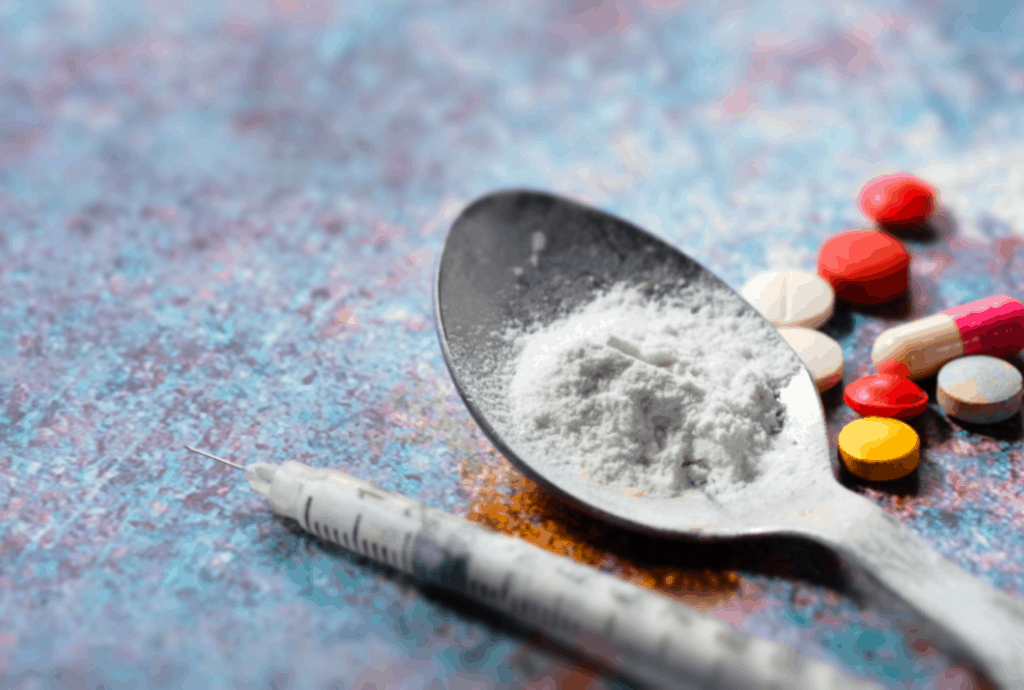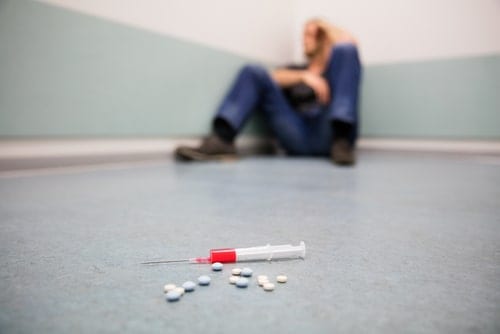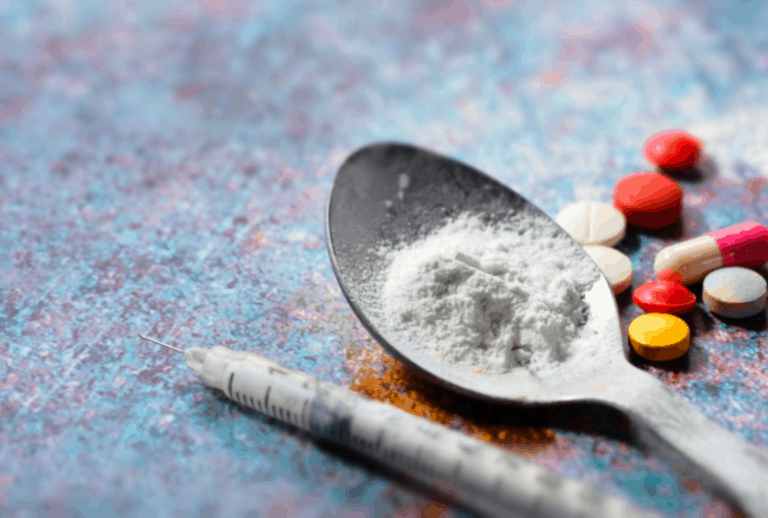The CDC states, from 1999 – 2019, the ongoing opioid epidemic has claimed approximately 760,000 American lives. Deadly overdoses are attributed to increased prescribing of opioids such as fentanyl and easy access to street drugs including heroin. Even though this indiscriminate killer has been in our midst for more than 30 years, many still struggle to understand how things got so bad.
Others believe they and their family members are immune to the problem because of their profession, level of education, and where they live. Further, when some are confronted with addiction, they feel it is best to keep it a secret within the family as opposed to seeking professional help needed for an addict to recover. With that, here are the 5 facts you need to know about the ongoing opioid epidemic:
- The opioid crisis can be divided into three waves.
The first wave began in the 1990s with overdose deaths involving prescription opioids. The second wave started in 2010, with rapid increases in overdose deaths involving heroin. Finally, the third wave originated in 2013, with the dramatic rise in overdose deaths involving synthetic opioids, particularly those involving illicitly manufactured fentanyl.
2. Everyone is at risk.
It doesn’t matter who you are or where you come from. Overdosing is non-discriminating nor limited in its reach. Many famous people have overdosed using heroin, fentanyl, and other opioids. Examples include celebrities like music icon Prince, who died of an accidental fentanyl overdose, and award-winning actor Philip Seymore Hoffman. His death was caused by acute intoxication by heroin, cocaine, amphetamines, and benzodiazepines.
3. You may unwittingly be supplying drugs
The opioid epidemic is not confined to street drugs like heroin or relegated to certain areas of town. Prescription drugs may be innocently left in places, like a medicine cabinet, so the intended user has easy access to them. Unfortunately, whether it’s a curious child or an adult struggling with dependency, this is a golden opportunity for someone to take and use them for reasons they were not intended for.
4. The National Institute on Drug Abuse (NIDA) was formed
NIDA is an agency formed by the federal government to combat the opioid epidemic. Their research-based approach focuses on educational initiatives in school and community settings that support the use of prescription drug monitoring programs and has implemented overdose education and naloxone distribution programs to deliver naloxone directly to opioid users and potential bystanders.
5. Your family tree and addiction
In the US, studies show one in four families is experiencing drug addiction. Within these families, genetics plays a crucial role in whether someone may develop an addiction to drugs or alcohol. However, that is not a guarantee. While there is no magic bullet to fix these statistics, studies show that one way to derail addiction in a family is to be watchful of addictive tendencies.
We Can Help
It is important to seek help immediately if you or a loved one is struggling with opioid addiction. At Asheville Recovery Center, treatment specialists have developed a unique, hybrid model of treatment which combines a traditional 12-step program with holistic rehabilitation.
A multitude of services, programs, and therapies are offered, including the Partial Hospitalization Program, Residential-style treatment, outpatient rehabilitation, and more. The founders of Asheville Recovery Center, as well as many of our addiction therapists, have struggled with addiction and now enjoy life in recovery. They understand the struggles of addiction and how difficult it is to overcome alone.
If you feel that you or a loved one is struggling with opioid abuse, our specialists are on standby and ready to help. Call (828)330-9646 and speak with an addiction expert today so you can take the first step towards a rewarding life of sobriety.









